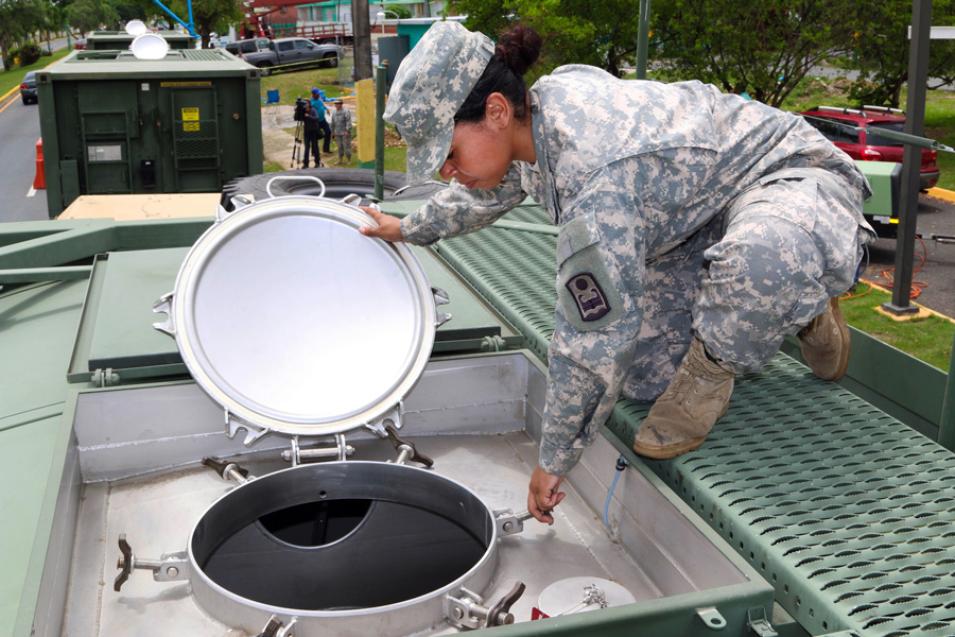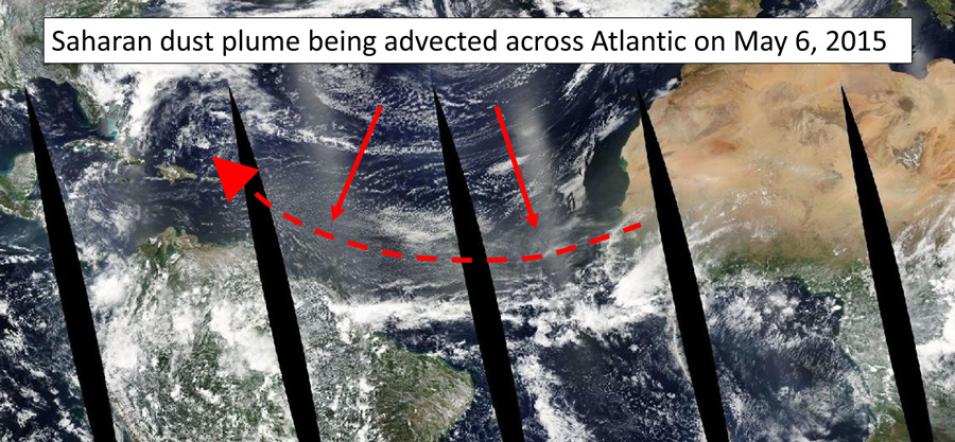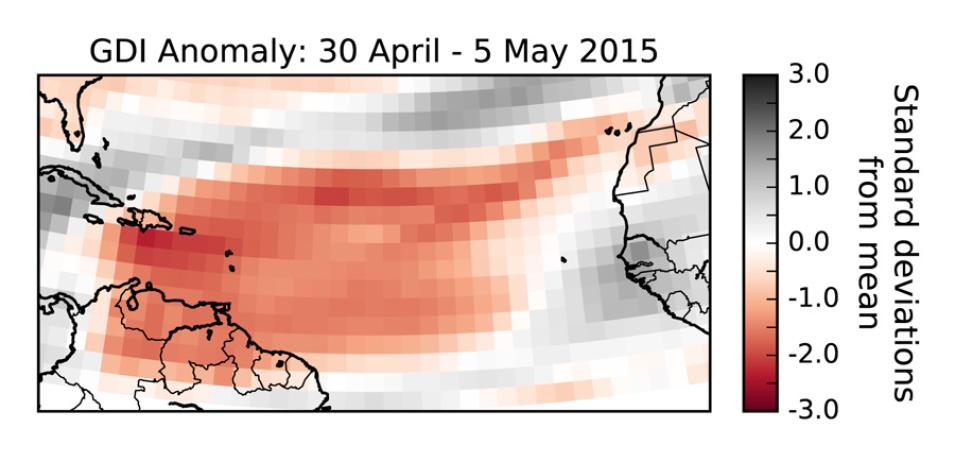When Puerto Rico initiated water rations in May 2015, its residents got creative. Children bathed in buckets. Families captured the initial cold water in their showers to fill toilet tanks, where they would then wash their hands on the days the water utility turned off the tap. Depending on where you lived, water was turned off for 24 or 48 hours and then back on for 24 hours. Pitchers, cisterns, and other plastic containers cluttered homes, yards, even rooftops to compensate for those dry tap days.
Most major national and international media outlets blamed the 2015 drought on El Niño, the warm phase of a weather oscillation often associated with drought. The Puerto Rican National Weather Service, however, kept discussing the role of the Saharan Air Layer (SAL) in their daily forecasts. This piqued Thomas Mote, a climate scientist from the University of Georgia, because El Niño did not seem like a reasonable explanation.
The drought really hit eastern Puerto Rico and the early rain season, affecting April, May, and June. If El Niño interferes with weather, which it rarely does in the eastern Caribbean, it would do so during the hurricane season in late summer and into fall. To weed out the culprit behind the 2015 drought, Mote needed to model the weather patterns around Puerto Rico. The challenge, however, was that most precipitation models are geared for the mid latitudes, where the mechanisms driving weather are fundamentally different from the tropics. So Mote and his team needed to find a tool that could measure thunderstorm potential specifically for the tropics. Then they could consider if the SAL played a significant part in the drought.



